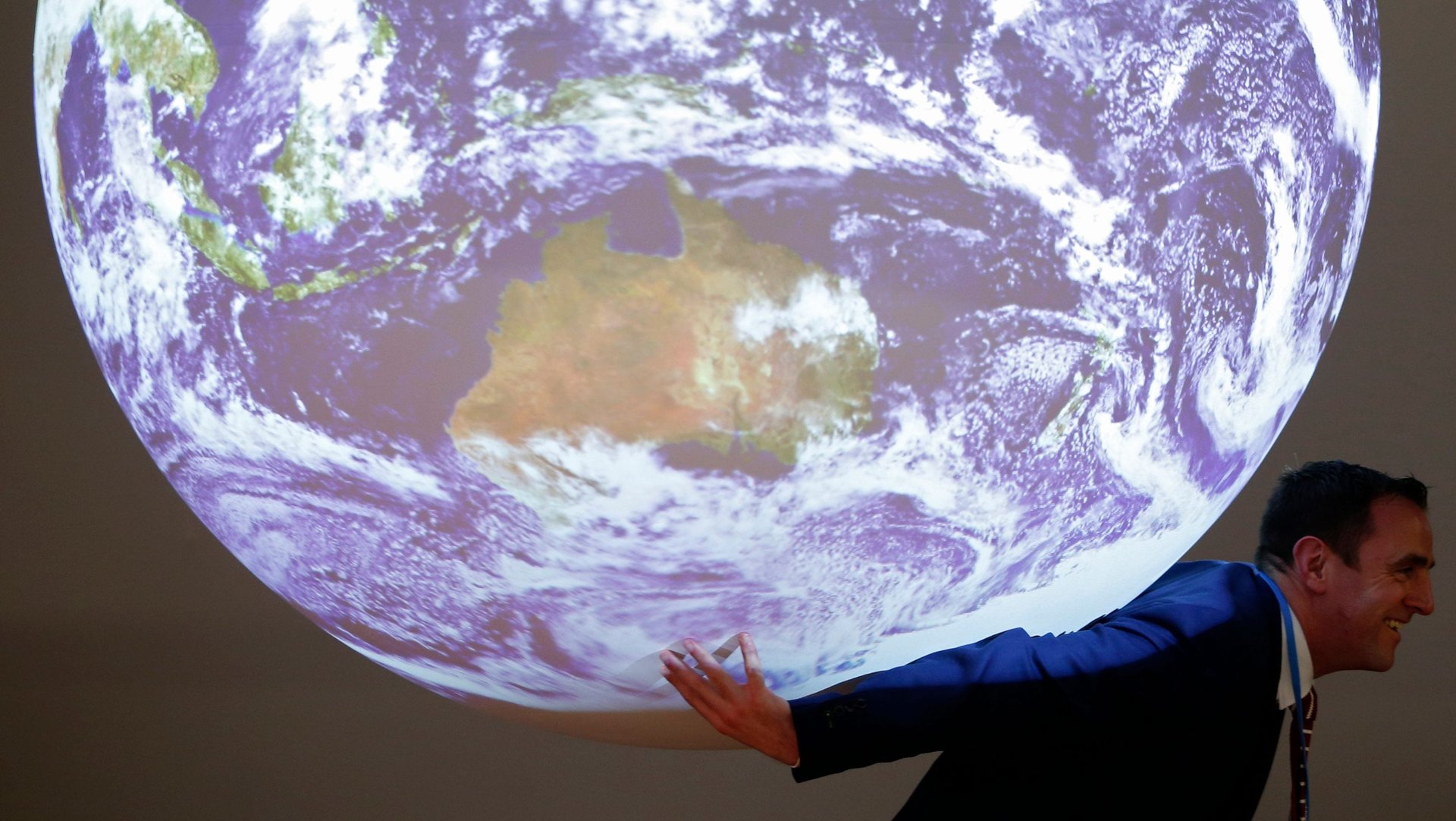A carbon-offset gift guide for climate stocking stuffers
Give a cooler planet as a gift this Christmas. As the Earth warms from humans pouring tons of greenhouse gases (GHG) into the atmosphere, carbon offsets are growing as a way for individuals to reduce their impact.


Give a cooler planet as a gift this Christmas. As the Earth warms from humans pouring tons of greenhouse gases (GHG) into the atmosphere, carbon offsets are growing as a way for individuals to reduce their impact.
While no substitute for systematic economic and political change, the concept of an offset is that it removes GHG from the atmosphere, or prevents it from being emitted in the first place. Most retailers sell each offset—the equivalent of a ton of GHG—for $5 to $10 from projects ranging from capturing landfill methane, a potent GHG, to reforestation, which stores carbon dioxide in trees. Verified offsets come with a certificate, and independent certification that your money was put to good use.
Credible credits
Residents of industrialized nations emit about 10 tons of greenhouse gases each year just going about their daily lives. It’s not all by choice. Most utilities still don’t offer 100% clean energy. Internal combustion engines are unavoidable in many places. As international negotiators haggle over the changes needed to stop catastrophic warming, people and firms are choosing to offset their emissions—440 million tons so far, equivalent to Australia’s annual energy emissions since 2005.
Carbon offsets reduce the volume of greenhouse gases in the atmosphere by preventing new emissions or drawing it out of the atmosphere. They won’t stop global warming, but they can help slow its progress. Developers use funds to build a range of projects, and this GHG volume is then calculated, and sold.
Not all credits are created equal. Shoddy accounting and fraud have plagued credit schemes in the past. If buyers treat offsets as a license to emit more GHG, rather than reduce unavoidable emissions, it’s not helpful. A 2016 European Commission study (pdf) criticized the credits traded under the Kyoto Protocol’s Clean Development Mechanism, estimating just 7% of the supply was of the highest quality.
So how to tell if a credit is credible? There are a few principles. Offsets should come from existing projects (not future ones), guarantee permanent reductions, and obtain certification from independent auditors. Auditors emphasize accounting. Offsets must be “additional”—projects should only happen because of climate financing—and avoid “leakage,” meaning that emissions don’t move elsewhere (a plot of forest saved in one region should lead to deforestation elsewhere).
To sort through this mixed bag of credits, a number of retailers have emerged to find the highest-quality ones.
Where to shop
Choices abound from retailers such as Terrapass, credit sales direct from the United Nations, and companies such as Cool Effect.
California-based Cool Effect has two technical advisory teams to independently verify projects, and sources credits from 14 projects it tracks for companies such as Salesforce and thousands of individual buyers. Gifts are an increasing slice of its business.
This month, Cool Effect said about a quarter of its sales were gifts. To satisfy the demand, it designed climate stocking stuffers with packages such as Costa Rican wind power and shade-grown coffee reforestation. The most popular gift has been the ”poo package”—offsets fund biogas digesters for family farms in India that capture methane emissions from cattle dung. Gift recipients receive a credit certificate and origami poo cutout.

How much to buy
How many offsets should you buy for your family or special someone? Most package purchases are for $25, equivalent to about 2 metric tons of greenhouse gas reductions. But if you’re looking to cover all of someone’s emissions, lifestyle is the primary factor to consider. Airline trips, housing, food, and location all play a factor. There are plenty of calculators out there to estimate emissions. The Environmental Protection Agency (comprehensive), WWF (simple questionnaire), and Carbon Footprint (best for travel and home) offer ballpark calculations, at best.
But nationality is a good proxy for emissions. The Union of Concerned Scientists compared GHG from fuel combustion for the top 20 per capita emitters in 2015. Oil-pumping Saudi Arabia ranked highest with 17 tons of carbon dioxide per person each year, while the US and Australia tied for second. China, while emitting the most total GHG, emitted under half the amount per person as the US.
If you decide to give the gift of carbon credits this holiday, know they are no substitute for a massive, sustained effort by governments and businesses. Based on the most recent climate modeling (paywall), the worst of global warming can only be avoided by keeping the world under a 1.5°C increase. To do that, the world will need to put a price on carbon, electrify the transportation sector, swap out coal power with zero-emission sources, reform the agricultural sector, and remove carbon dioxide from the atmosphere. That’s an all-hands-on-deck effort.